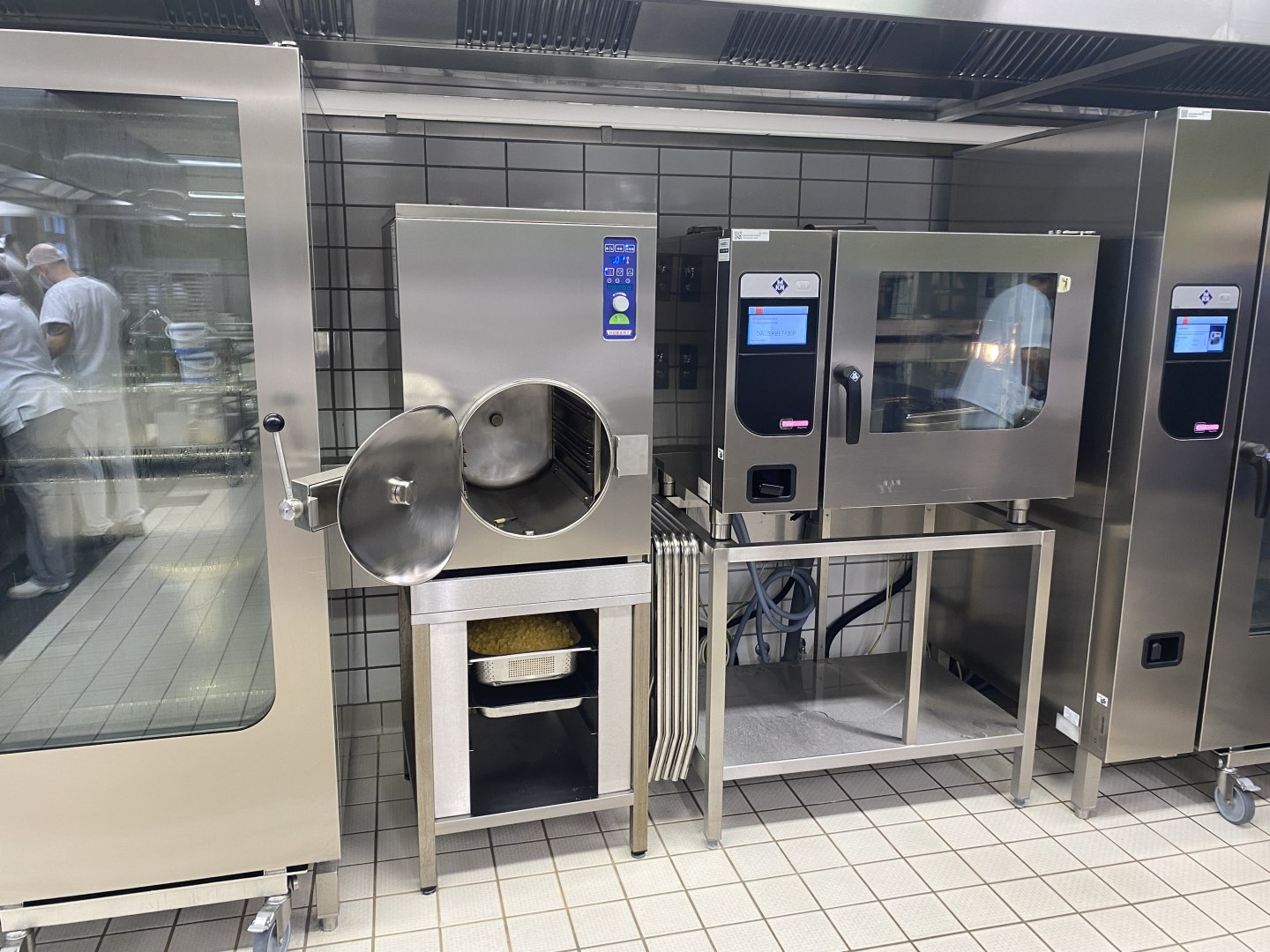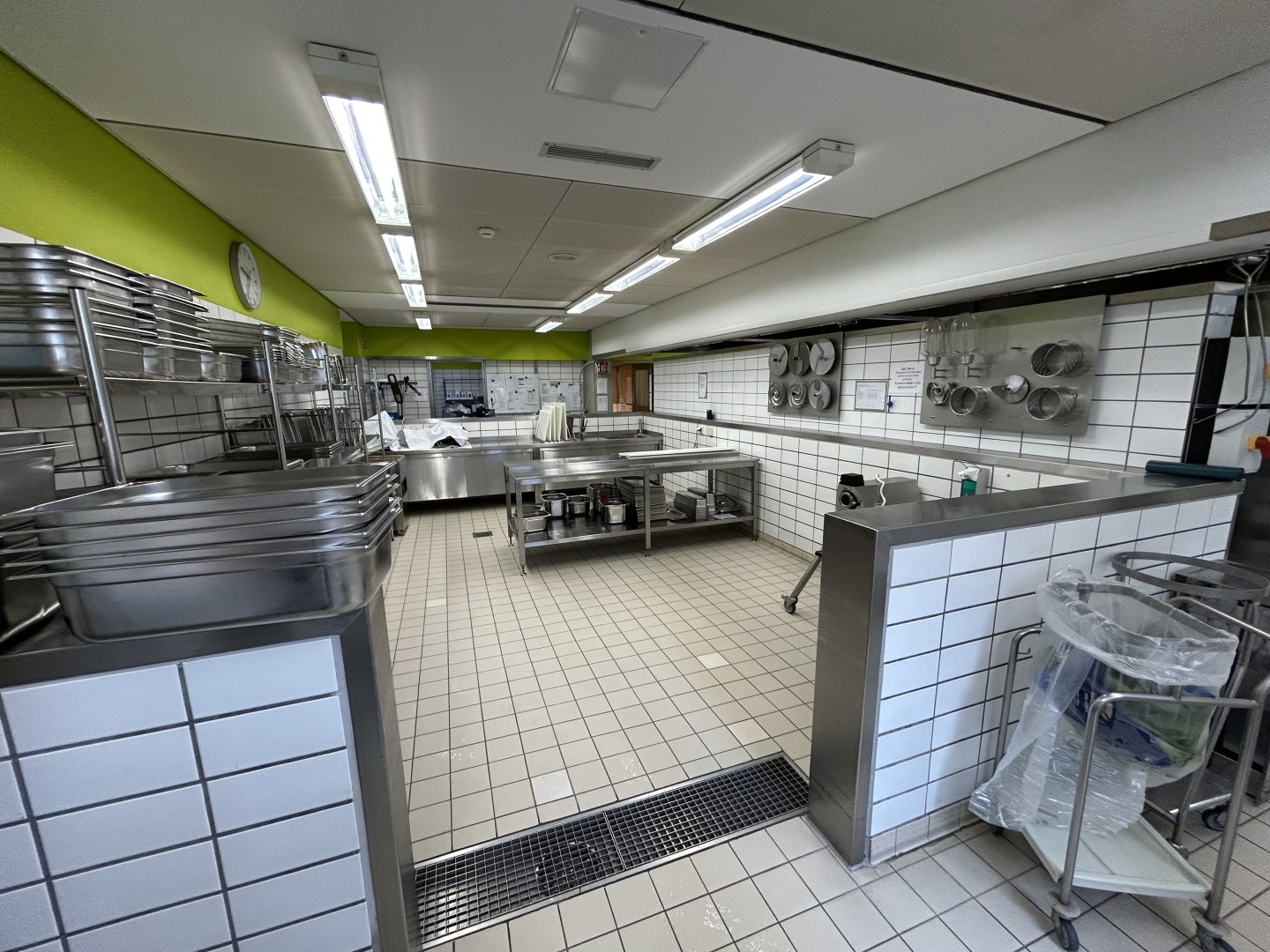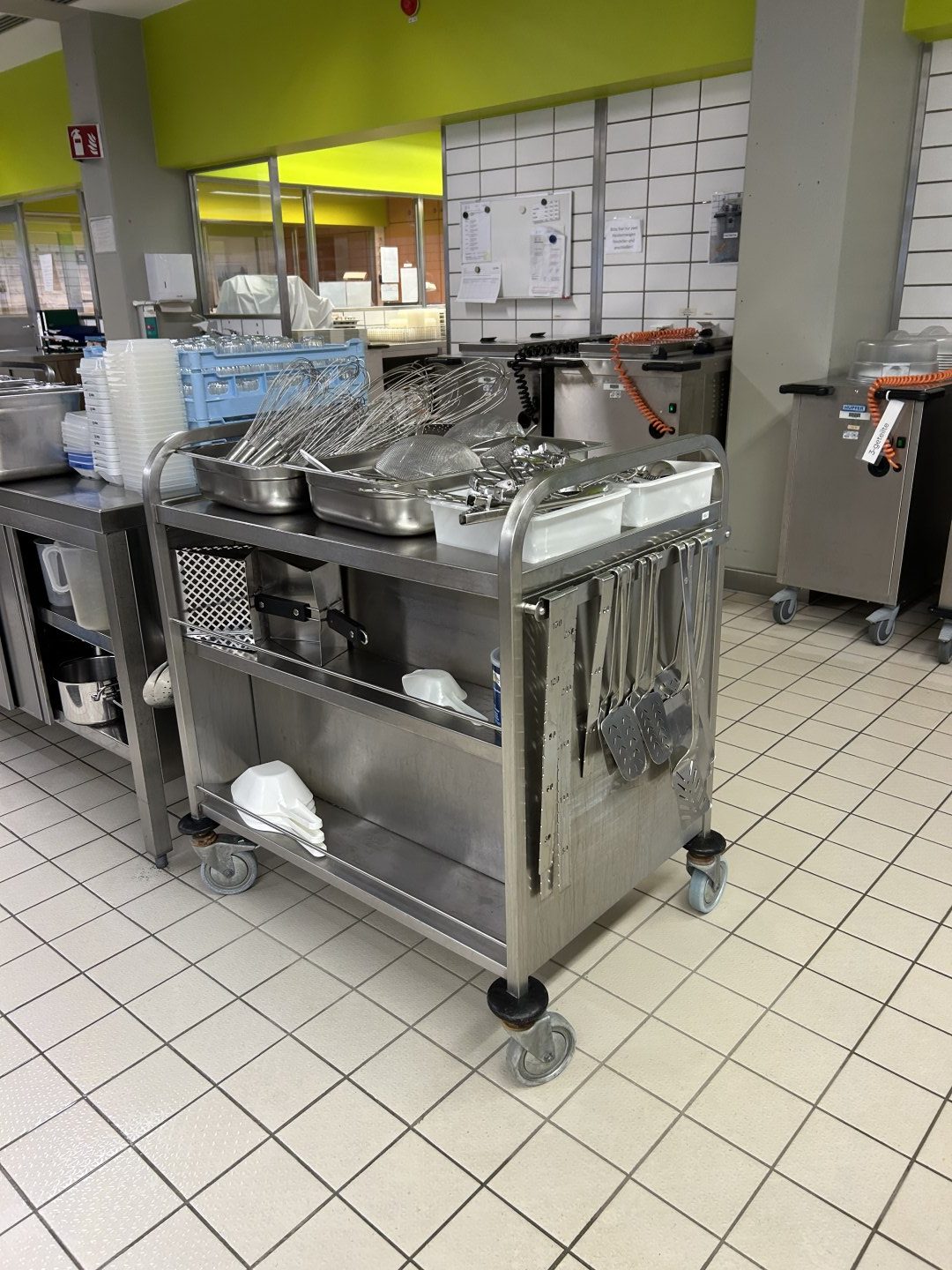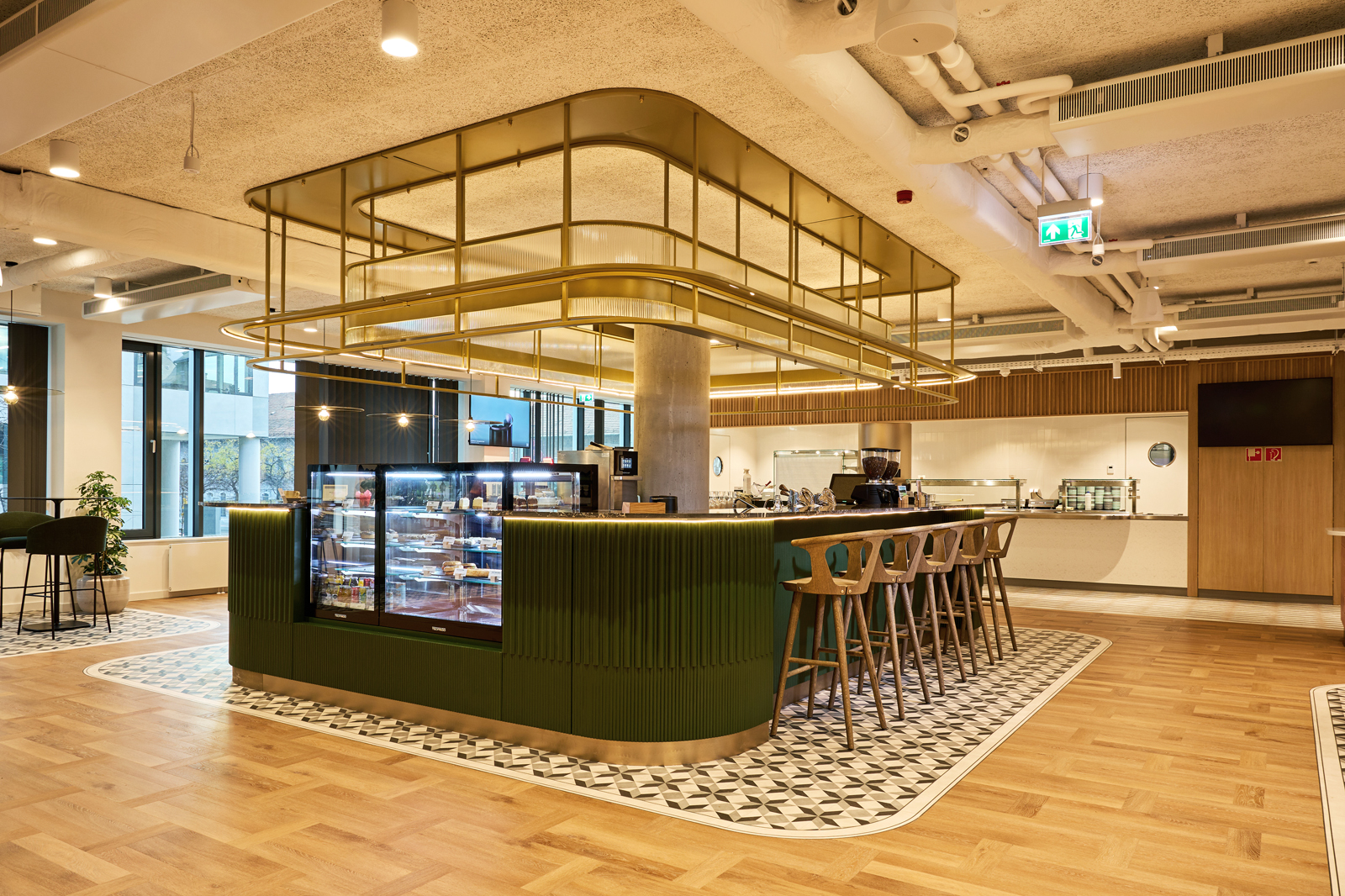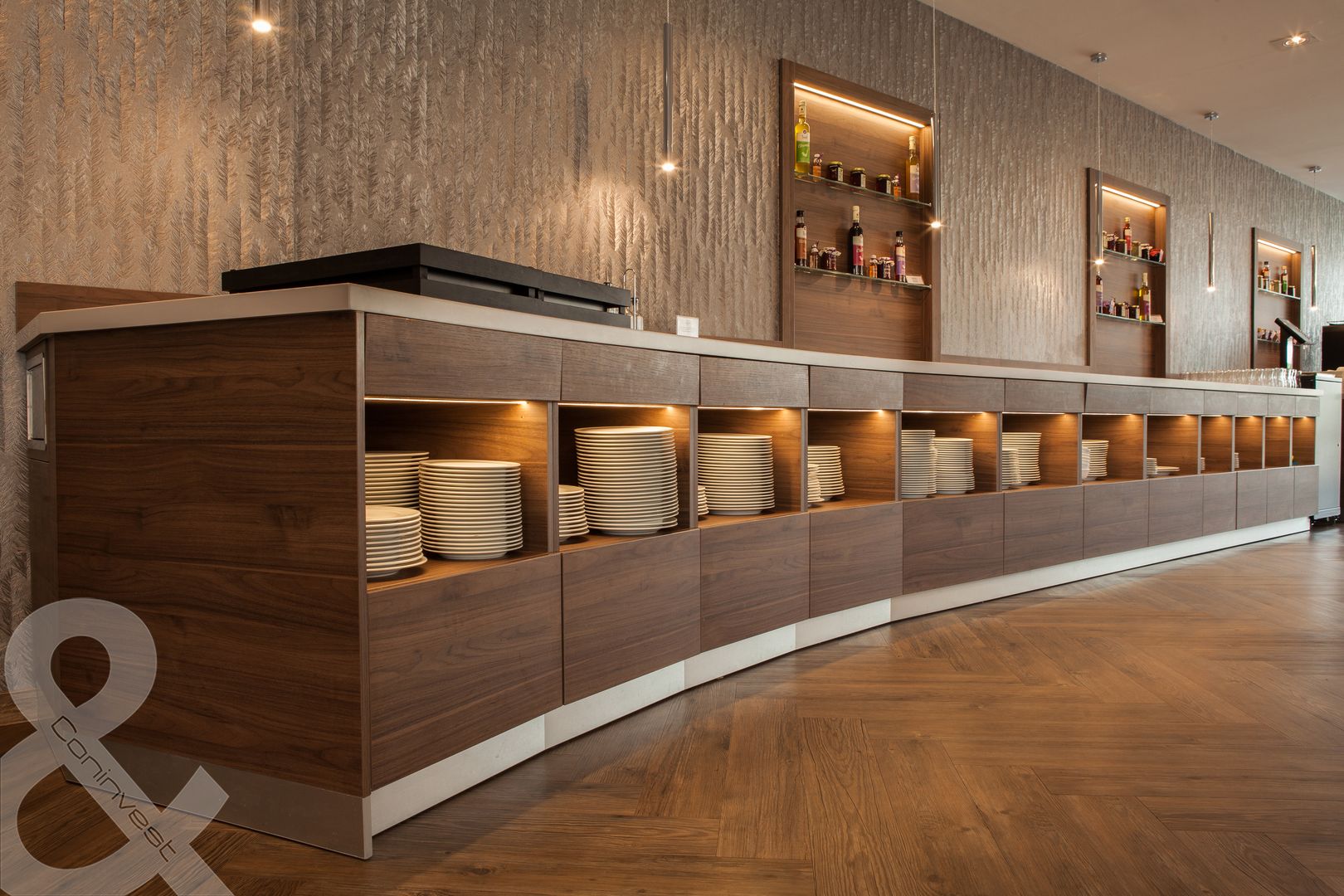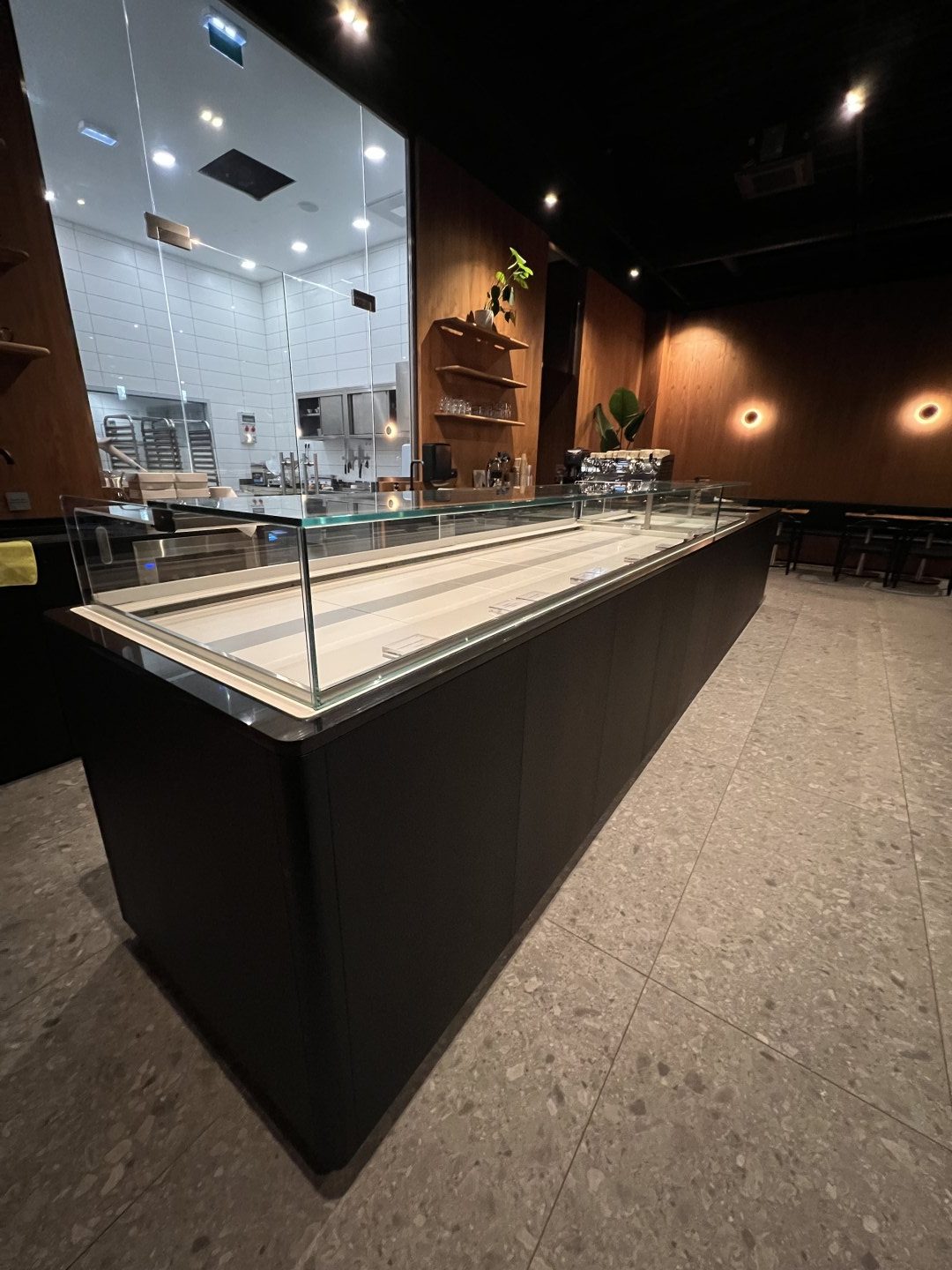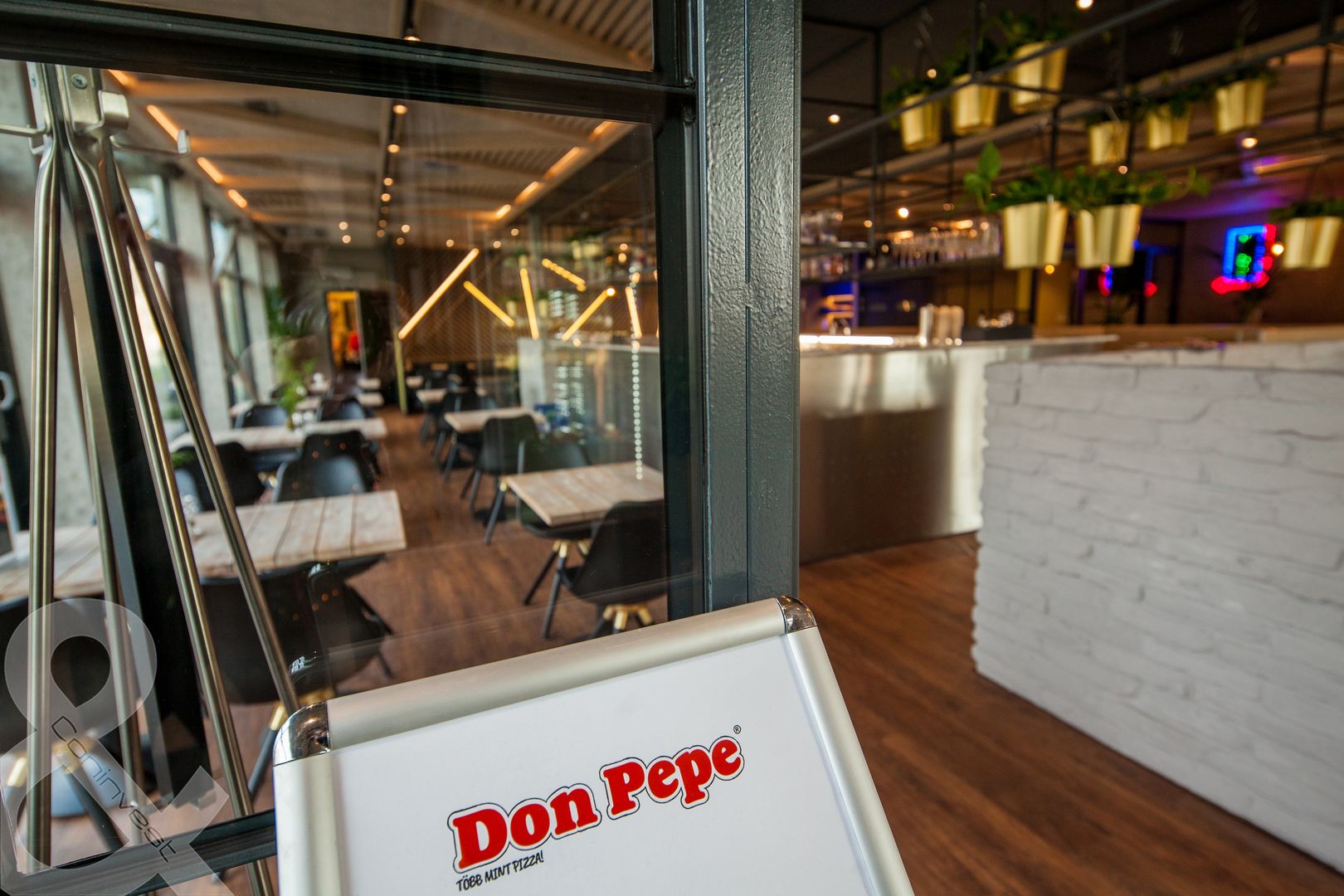We visited the kitchen of the Braunschweig City Clinics.
During our most recent MKN professional visit, our hosts arranged for us to take a look at the kitchens of the Braunschweig City Clinics, located near their premises. I have had the opportunity to participate in many such tours, but I am always struck by the huge differences between the realities there and those at home. The kitchen was built 40 years ago, in 1985, and has been continuously developed and maintained ever since.
Reception by the head chef
The head chef, Mr. Picht, welcomed us personally in the service entrance, where we were greeted by textile aprons, headgear, and visible cleanliness. Mr. Picht was delighted to see us and enthusiastically explained that he is responsible for two municipal kitchens, which provide meals three times a day for 750 patients and 150 employees, including special diets and dietary requirements.
Dinner in Germany also consists of cold and hot dishes, and patients can choose from three different menus the day before:
- Menu A: traditional meat dish and side dish, which can be pork, chicken, or beef
- Menu B: lighter meal, chicken and fish twice a week
- Menu C: vegetarian, but often vegan
Documentation and service
Not only are there photos and documentation of the meals on the wall, but the type of plate and the size of the serving spoon used to portion the food are also specified.
The nurses’ stations all have their own coffee makers and kettles, and the kitchen provides them with tea, coffee, sweet and savory biscuits, and packet soups in case any of the patients want a snack or something warm to go with their cold dinner during the day. The colorful, cute mugs all have encouraging messages for patients, such as “Get well soon,” “Hang in there,” and “We’re with you.”

The operating room lobby is stocked daily with fresh fruit, brown bread, and small snacks, because the hospital calculated that it is cheaper and less time-consuming to set up a separate buffet for the operating room staff than to let them leave and then re-dress the staff.
The head chef spends two days a week in each kitchen and one day working from home. Most of his work consists of organizing logistics and scheduling tasks.
Kitchen technology and infrastructure
As in many German kitchens, they also work with a lot of convenience products. Vegetables and meat arrive prepared, diced, and sliced, so the prep stations that had been in place for 40 years were removed and replaced with additional cold storage capacity.
The condition of the building and machinery was flawless. The cold flooring showed slight color differences between tiles, but this was because if something breaks or cracks, it is replaced immediately, and after 40 years, the original tiles are no longer available.
The original cold rooms were brick-built, tiled chambers – we also encountered this old technology during the BMW project – and although the cooling technology has since been replaced, the brickwork and doors were in perfect condition. Of course, the rooms are sunken, all accessible by trolley, and covered with rounded Gress R12 hollow core slabs.
According to Mr. Picht, the technology is replaced every 10–15 years, but not all at once. Maintenance and renovation are ongoing, and an investment plan is prepared for each year within a few years of the kitchen’s commissioning. They constantly replace and repair things; they don’t wait until several things break down.
Despite this, we found 40-year-old workbenches, tables, and Alexander Werk shredders that looked as if they had been in use for only 1–2 years. Everything was very clean. The extractor hoods were spotless. The kitchen staff clean themselves, with all tasks assigned on a rotational basis. The completion of each task must be confirmed with a signature and checked by a separate person.
Order and hygiene
Staff headgear distinguishes between those working on the clean side and those working on the dirty side, i.e. in the dishwashing area. Those wearing green headgear are not allowed to enter the kitchen, but must approach the central dishwashing area from the corridor.
Here, a relatively new Meiko system does the washing up, consisting of a conveyor belt, a vacuum waste collection system, and two machines. The first machine washes the porcelain, while the second automatically picks up the cutlery from the trays and turns it into the machine. They do not use thermal trays, but instead use heated trolleys to transport the served food to the station, while the nurses place the salad or dessert, which must be stored in a cool place, on the trays at the station.
In addition to cleanliness, I was struck by the Germanic precision with which everything was organized. Each cart was labeled to indicate whether it was for clean or dirty dishes, and what type of dishes could be placed in it. The cleaning and serving carts were very well designed, with a specific place for each item. The broom, dustpan, and mop could only be hung back in that order, and the same applied to the kitchen utensils.
Interesting facts
The hospital stores food samples frozen for 14 days.
We saw two huge roll-in shock freezers, which are used to freeze the meat the day before, making it easier to slice and portion 80 g of meat per person the next day.
An exemplary approach
So how are they ahead of us? Not in terms of opportunities and tools, because the best quality machines and equipment are now available here too. It is the approach they take to objects, order, respect for the work of others, assigning everyone to disinfecting and cleaning tasks, and continuous cleaning during work processes – all of this gives them an advantage. They don’t wait until the end of their shift; if something spills, they wipe it up immediately. The same applies to preserving and maintaining condition: no drawer or door hinge is loose, everything works perfectly and is in its place.
This visit reaffirmed for me that professionalism lies not in the tools, but in the details, in orderliness, and in respect for the work of others – and this is something we should follow as an example at home as well.


